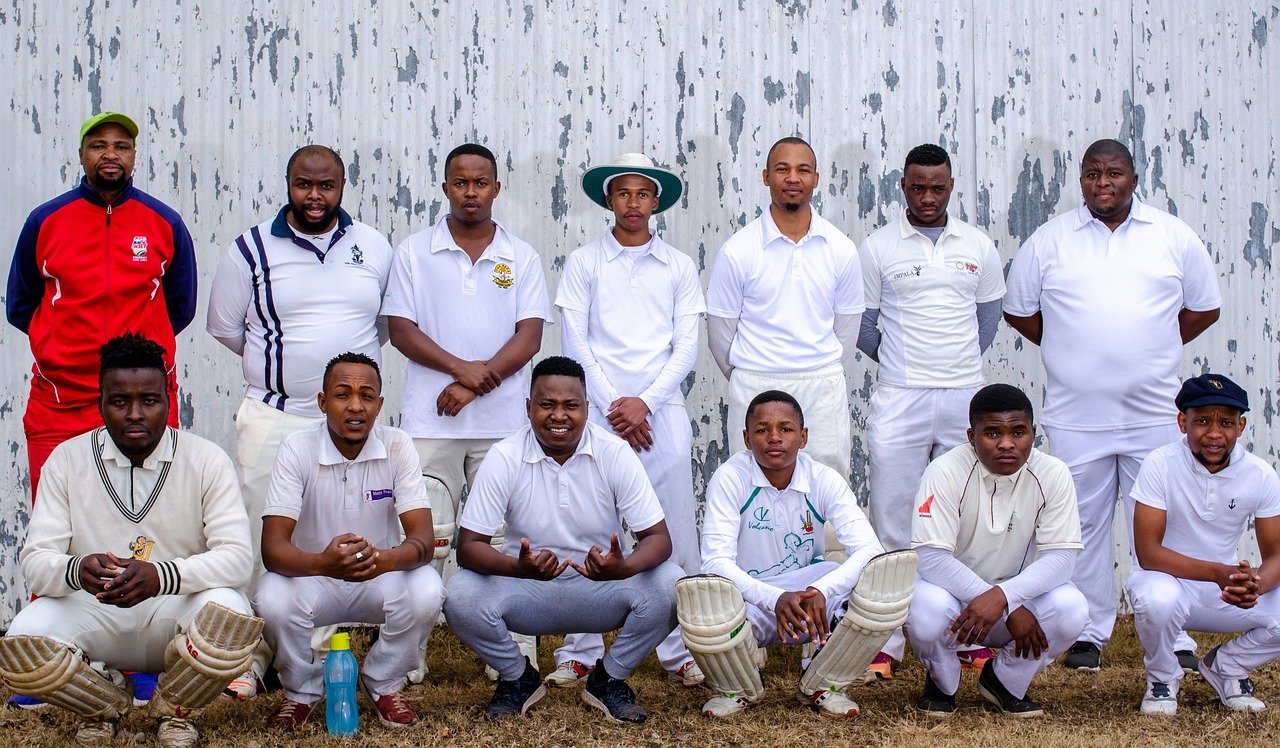From the earliest reference to cricket played in southeast England dated Monday, 17 January 1597. At Guildford, Surrey a free land used for parcel delivery played the first match. In 1744, the inaugural Laws of Cricket were penned. Along with subsequent revisions in 1774 key changes like the addition of lbw (leg before wicket), a third stump, and regulations on maximum bat width. These regulations were established by the ‘Star and Garter Club’. Later the renowned Marylebone Cricket Club (MCC) at Lord’s in 1787. MCC assumed the role of safeguarding the Laws from that point forward, consistently updating them to the present day.
After around 1760, the practice of rolling the ball along the ground in cricket was replaced by bowlers pitching the ball. Leading to the adoption of the straight bat over the old ‘hockey stick’ style. The Hambledon Club in Hampshire held significant influence over the sport for about thirty years. After the establishment of MCC and the inauguration of Lord’s Cricket Ground in 1787.
Cricket made its way to North America through English colonies as early as the 17th century. And spreading to other parts of the world in the 18th century. Colonists introduced the sport to the West Indies, while British East India Company mariners brought it to India. Australia saw the early beginnings of cricket soon after colonization began in 1788. The sport reached New Zealand and South Africa in the early 19th century. Now it’s the second most popular sport just after football. Expansion of ‘British Empire’ cricket spread all over the world, especially in South Asia after World War 2. In India, Bangladesh, Pakistan, and Sri Lanka cricket is the most popular than others. Test cricket remains the sport’s pinnacle. Diverse formats cater to different preferences and time constraints, from the lightning-paced T-10 matches to the strategic battles of Test cricket lasting up to five days. Cricket’s popularity as the world’s second most-watched sport underscores its widespread appeal and enduring legacy. With its storied past and continued innovation, cricket continues to captivate audiences worldwide.







